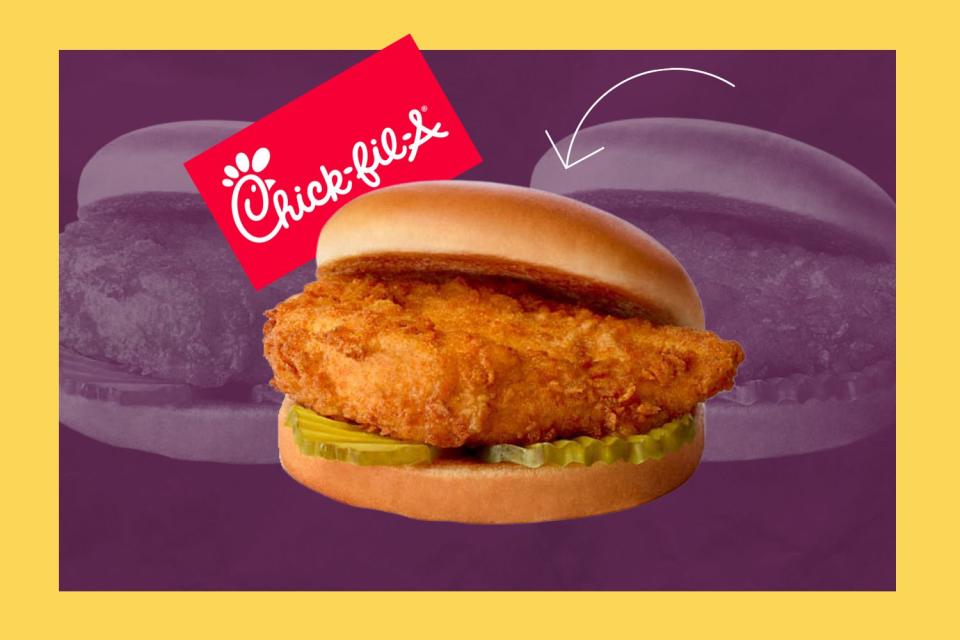Chick-fil-A Chicken Is Changing For the First Time in 10 Years
Will you be able to taste a difference?

If there’s one comfort meal you can always depend on, it’s a Chick-fil-A chicken sandwich. No matter where you are in the country—drive-thru or dine-in—you can always count on that crispy, white meat chicken to satisfy a craving.
However, Chick-fil-A just announced a major change that will affect its beloved chicken. Here’s what it means for the company, the industry, and most importantly, the country’s favorite chicken sandwich.
Chick-fil-A Changes Its Chicken Policy
Back in 2014, Chick-fil-A committed to a "raised without antibiotics" pledge for its poultry, marking the first time a fast food restaurant had committed to the quality standard. The move positioned the brand as a leader in food safety and transparency—but now, a decade later, the chicken chain is abandoning its esteemed policy.
“This is huge news,” said poultry and meat industry expert, Ryan Stegall. “That’s been their differentiator in the marketplace.”
Chick-fil-A initially implemented its No Antibiotics Ever (or NAE) policy in response to consumers’ growing interest in food sourcing and the use of antibiotics in the meat industry.
But now, the company is concerned about its ability to acquire enough antibiotic-free chicken to maintain production. Ultimately, it decided a less stringent antibiotic policy would keep costs down and the chicken supply consistent.
Keep in mind, antibiotics are allowed in the meat industry solely for scenarios where the animal's health is at risk. Sadly, on numerous chicken farms, animals are kept in crowded and unsanitary conditions, which allow for diseases to spread rapidly.
“If an entire flock is affected by, let’s say, Avian flu, and needs antibiotics to survive, Chick-fil-A can no longer touch them," Stegall explained. “That chicken can no longer be sold under Chick-fil-A’s NAE policy.”
What Is Chick-fil-A’s New Antibiotic Policy?
Instead, the company announced it's adopting the looser regulation of “no antibiotics important to human medicine” (NAIHM), which is now recognized as the industry standard by the USDA and the World Health Organization.
So, what’s the difference? In Chick-fil-A’s words, “NAE means no antibiotics of any kind were used in raising the animal. NAIHM restricts the use of those antibiotics that are important to human medicine and commonly used to treat people, and allows use of animal antibiotics only if the animal and those around it were to become sick.”
Despite this change, Chick-fil-A is still committed to avoiding fillers, hormones, artificial preservatives, and steroids in its meat, as well as sourcing chickens from U.S. farms in accordance with the company’s Animal Wellbeing Standards.
As far as the rest of the poultry industry goes, Perdue is still sticking to its NAE promise, while Tyson ended its eight-year pledge last year. As consumers become more sensitive to increasing prices, it’s likely we’ll see a wider acceptance of antibiotic usage across the industry.
Will the Chicken Taste Different?
This change will be implemented across restaurants as soon as this spring. But even though the chicken supply will see changes fundamentally, we doubt you’ll be able to detect a change in the chicken taste at all. So, don’t worry—your trusty chicken sandwich should remain just as accessible and delicious as ever.
Read the original article on All Recipes.

